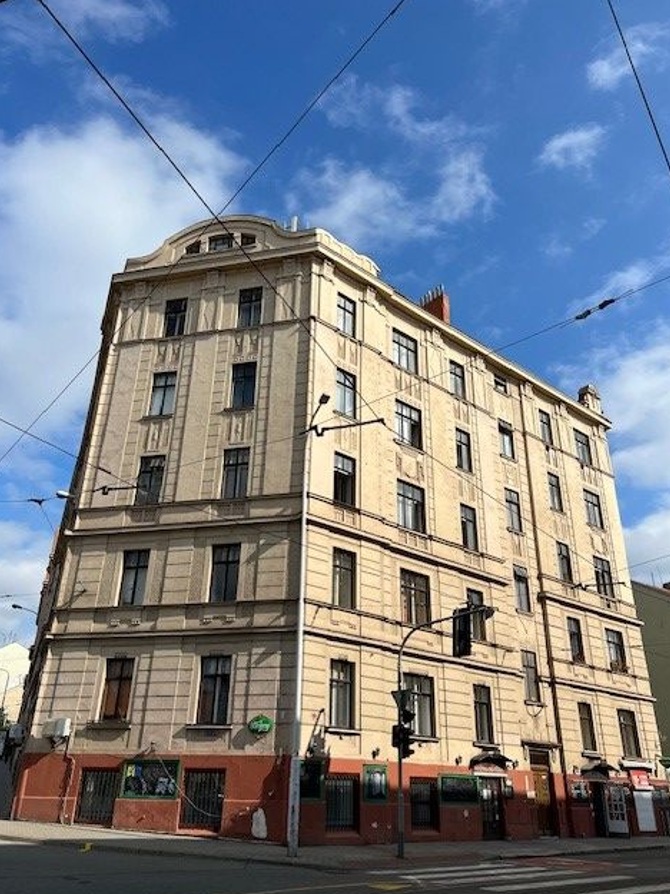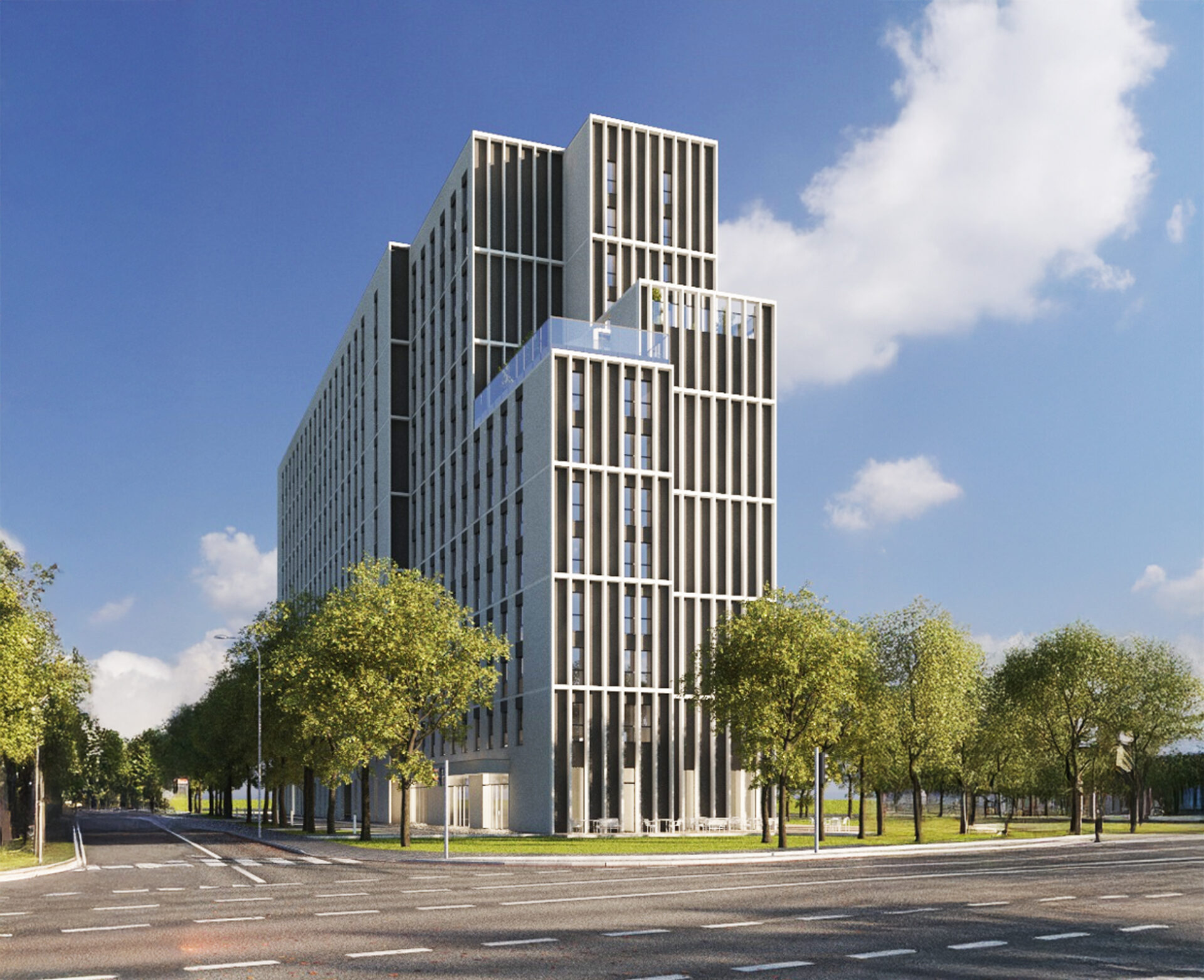According to Cushman & Wakefield, 2022 witnessed a recovery in commercial real estate investment activity in CEE, with the year closing marginally up compared to the previous year. Total investment volumes in Central and Eastern Europe came in at €10.7 billion, up by 6.6 percent year-on-year. With more than €5.7 billion worth of deals, Poland continued to lead the way across the region.
In 2022, buyers’ interest focused mostly on offices, particularly in Poland and Romania, which accounted for the highest investment volume in this market segment. Meanwhile, the industrial sector experienced a slight fallback, especially in the second half of the year. This was partly due to a lack of products in the Czech Republic and investors having to adapt to a higher interest rate environment and anticipating rental growth in Poland.
“Last year also saw a gradual expansion of interest towards retail assets, including shopping centres. However, the most consistent demand was reported for retail warehouses due to the unwavering popularity of e-commerce”, comments Jeff Alson, International Partner, Poland & CEE Capital Markets, Cushman & Wakefield.
POLAND
According to Cushman & Wakefield, Poland’s commercial real estate investment volume reached more than €5.7 billion last year. This year, buyers’ interest is expected to focus on offices in regional cities. Regional high-yielding office assets are likely to maintain liquidity and demand, particularly thanks to CEE investment funds.
In Warsaw, due to the limited availability of smaller volume investment deals (around €100 million) in 2022, market players will be particularly interested to see how this asset class performs in the coming months.
Meanwhile, investment activity in the industrial sector slackened in 2022. However, new supply constraints and upward pressure on rents are likely to spark renewed interest in industrial assets in the months ahead.
CZECH REPUBLIC
Total investment volumes in the Czech Republic came in at over €1.5 billion. The Czech real estate market is facing the same challenges as other CEE countries: higher financing costs and volatile energy prices. Its competitive advantages, however, are low vacancy rates and rental growth reported for industrial properties and centrally located office buildings, with an unwavering demand for Czech real estate coming from local and cross-border capital. However, due to the limited willingness of sellers to transact in the current market environment, Cushman & Wakefield do not anticipate investment volumes to grow significantly in 2023.
ROMANIA
After a record year in 2022 in terms of investment volumes which totalled close to €1.3 billion and were driven mainly by local and regional investment funds, 2023 is expected to witness a rebound due to the limited number of core products currently available on the market.
SLOVAKIA
Last year’s investor acquisitions in Slovakia amounted to more than €1.1 billion amid a growing share of Slovak and Czech investors who were virtually absent from the real estate investment market during the financial crisis in 2009 and just after it. Domestic capital was, however, accumulated for commercial property investments in the last decade. In 2021, domestic buyers accounted for 71 percent of the country’s total investment volume, followed by 76 percent in 2022.
HUNGARY
The transaction volume in Hungary in 2022 totalled nearly €1 billion. The fundamentals of the Hungarian market remain strong, which is expected to drive strong performance in the latter half of 2023.
“Looking forward to 2023, we expect investor sentiment to improve across Central and Eastern Europe, with a gradual return to single asset transactions in the coming months, especially on the Polish industrial market. However, investors relying on their financing will enjoy the upper hand”, concludes Jeff Alson.







